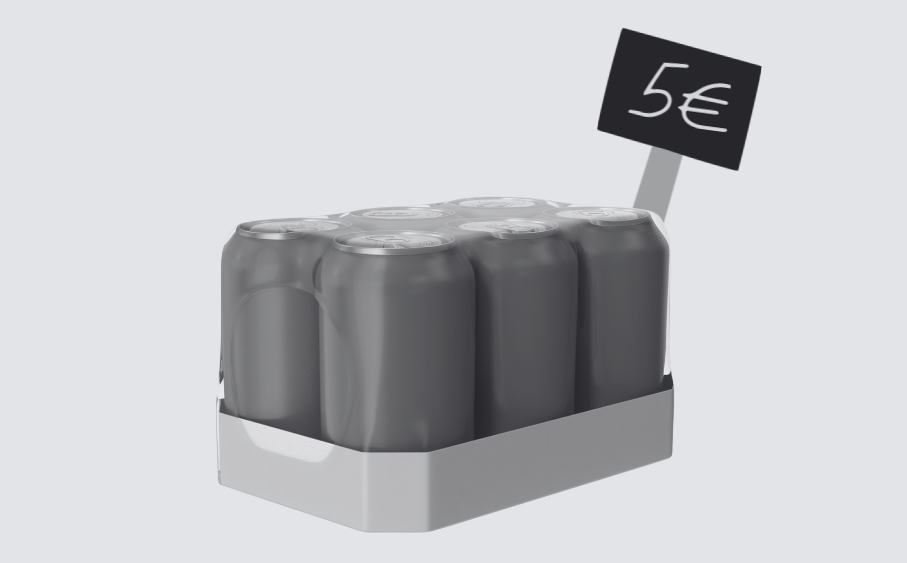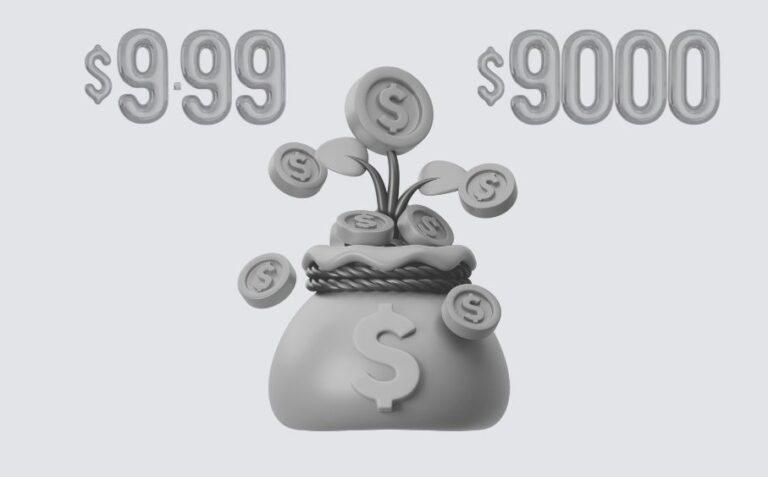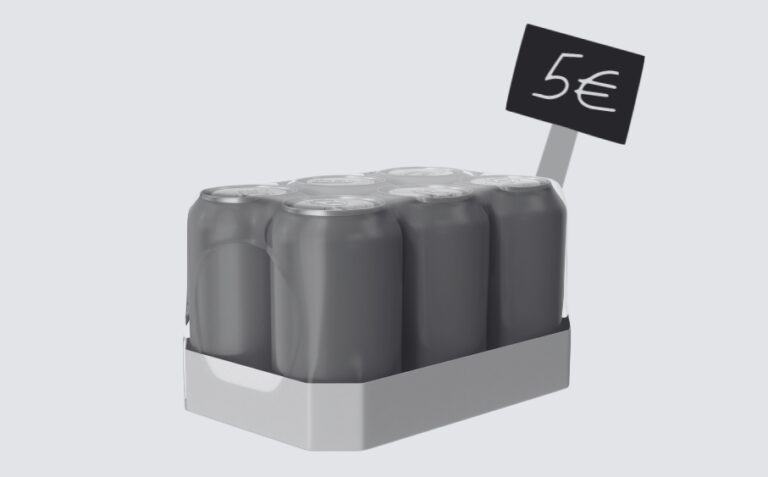Imagine you have triples, and you know they want chocolate milk for their lunch. As you walk down the grocery aisle, you see a variety of milks. There it goes, that chocolate milk in a pack of 12. What’s even better, it is also a bit cheaper than buying them individually. What would you prefer to do? Would you buy them in a bundle or purchase them one by one? That’s where multiple unit pricing comes into play.
What is Multiple-Unit Pricing?
Multiple pricing, also known as multiple-unit pricing, is a pricing tactic that allows merchants to sell more units by bundling identical products for the same or a lower price. People can commonly recognise this strategy in grocery stores, whether it is detergent packs, snacks, or beverages, where you know it is highly consumable among consumers, so they would prefer to buy them in packs.
One point to mention is that, however, multiple unit pricing requires bundling products; the bundle pricing strategy differs slightly from the multiple pricing examples. For instance, a beauty can bundle a face cleanser and a tonic together and sell them with a bundle pricing strategy, or they can pack 2 of the same shower gel and sell them with a multiple-unit pricing strategy.
Advantages of Multiple-Unit Pricing
A multiple-unit strategy enables merchants to present their products in various ways, appealing to different customer segments, which eventually increases the chance of selling a greater variety of products across multiple price points.
By nature, this strategy increases the sales volume. It is also easily compatible with other pricing strategies, allowing merchants to test different pricing approaches with varying price points. Another advantage of this strategy is that it is a great way to move inventory, similar to bundle pricing.
Disadvantages of Multiple-Unit Pricing
The problem of multiple-unit pricing is that merchants often have to rely on promotions and discounts to sell their packs. This situation can lead to a loss in revenue, as customers may become accustomed to receiving deals and may not choose to purchase the product individually until they receive another sale.
Real-Life Examples
Let’s take Heinz as an example; their sauces, beans, and dressing are known worldwide. One store can sell one bottle of ketchup for £3 while offering two bottles in a bundle for £5 with a multiple-unit promotion.
Wrap-up
Multiple-unit pricing is a simple strategy for businesses designed to increase sales volume by offering products at different quantities at different price levels. The strategy is particularly effective when dealing with high-consumption items, enabling the efficient movement of products. As it can encourage customers to buy more than they had planned in the first place, it can also encourage customers to expect constant discounts if not used wisely. Businesses can consider applying this method to benefit from the approach strategically, increase volume, clear inventory, and create more value for customers.





